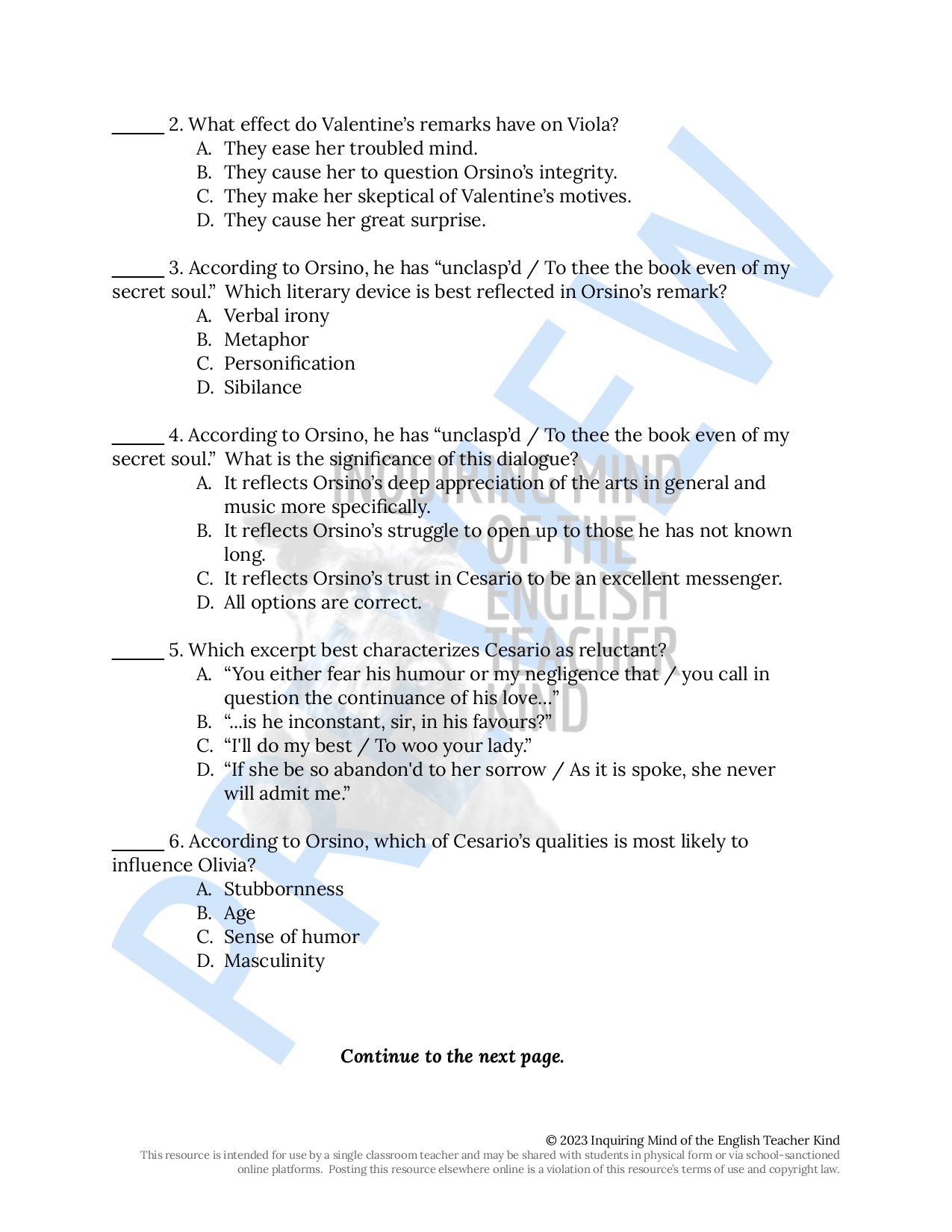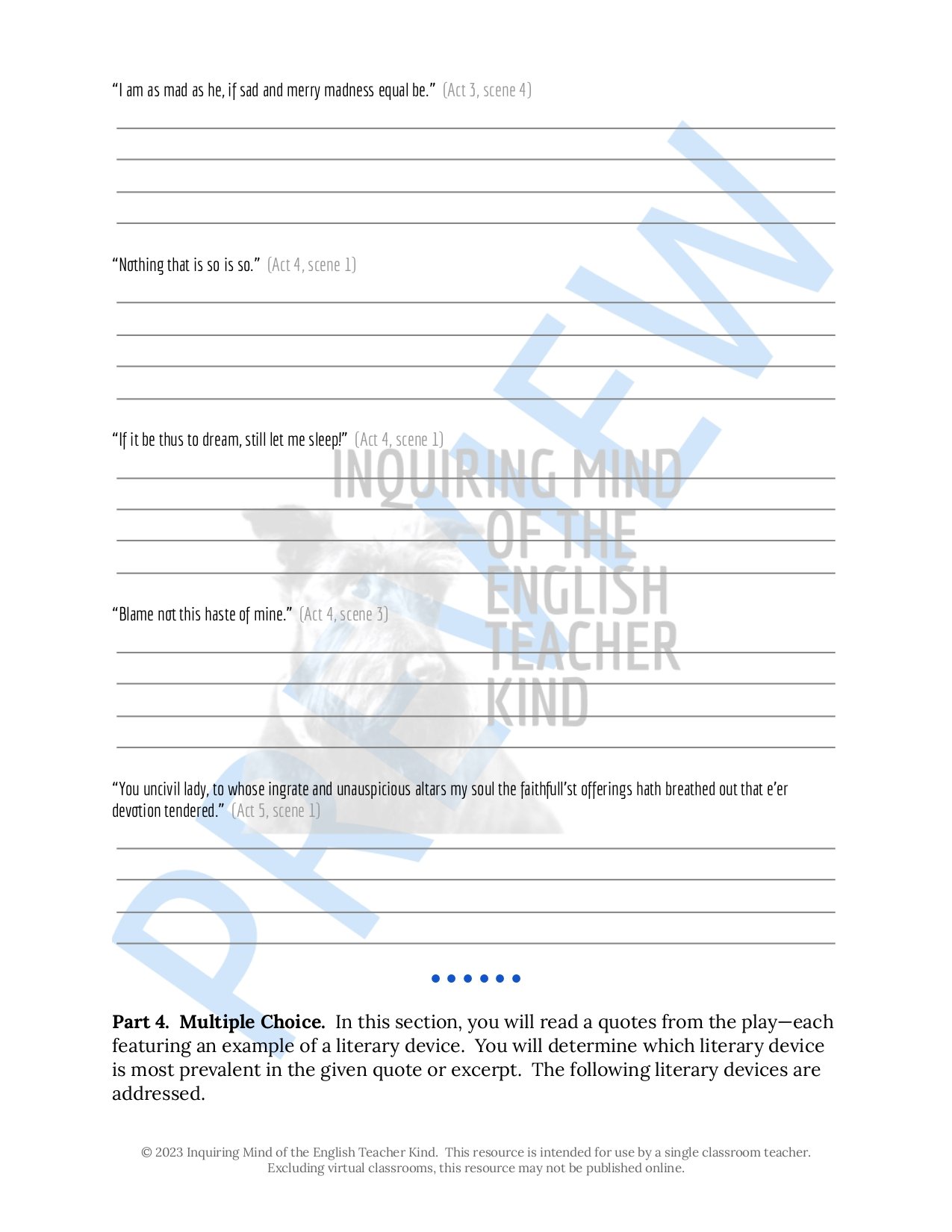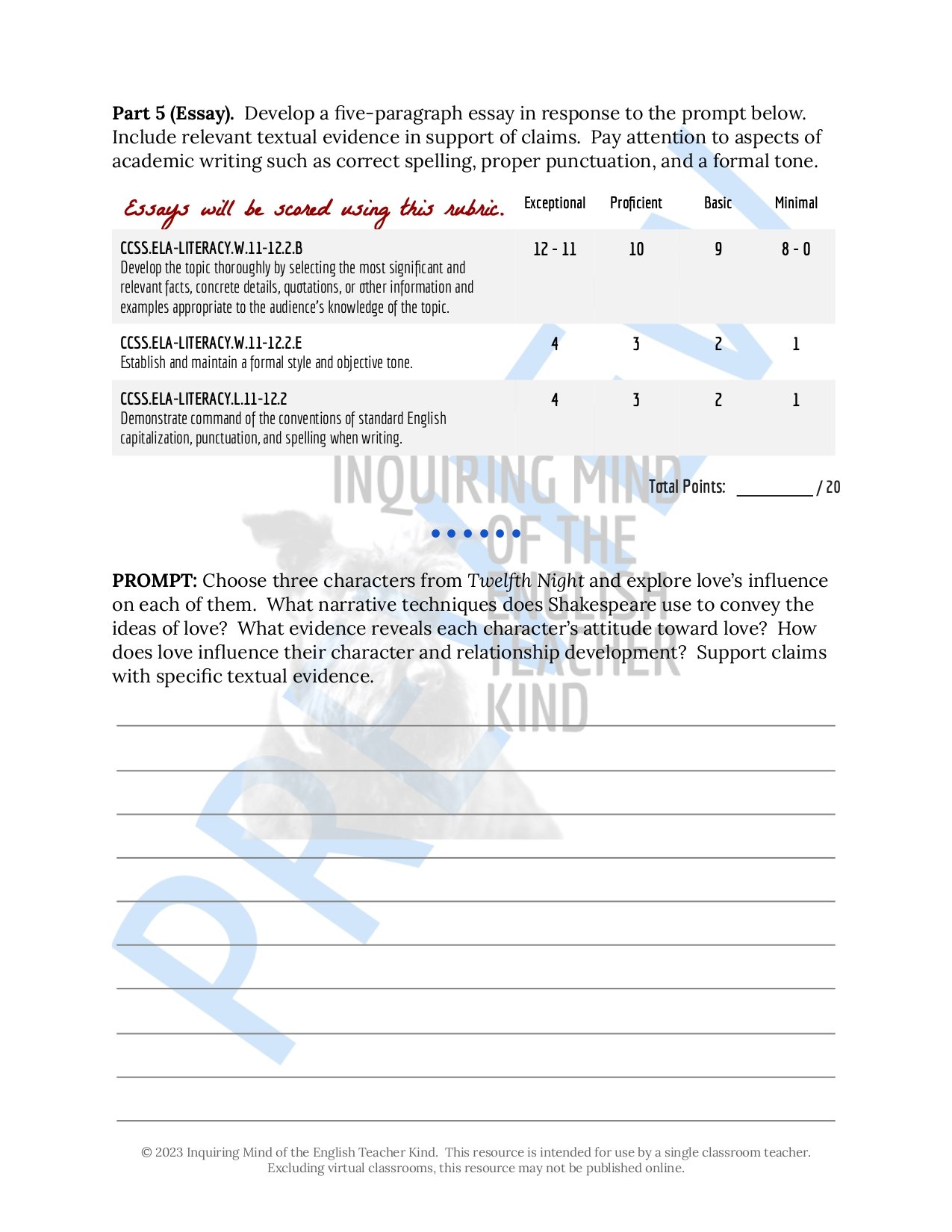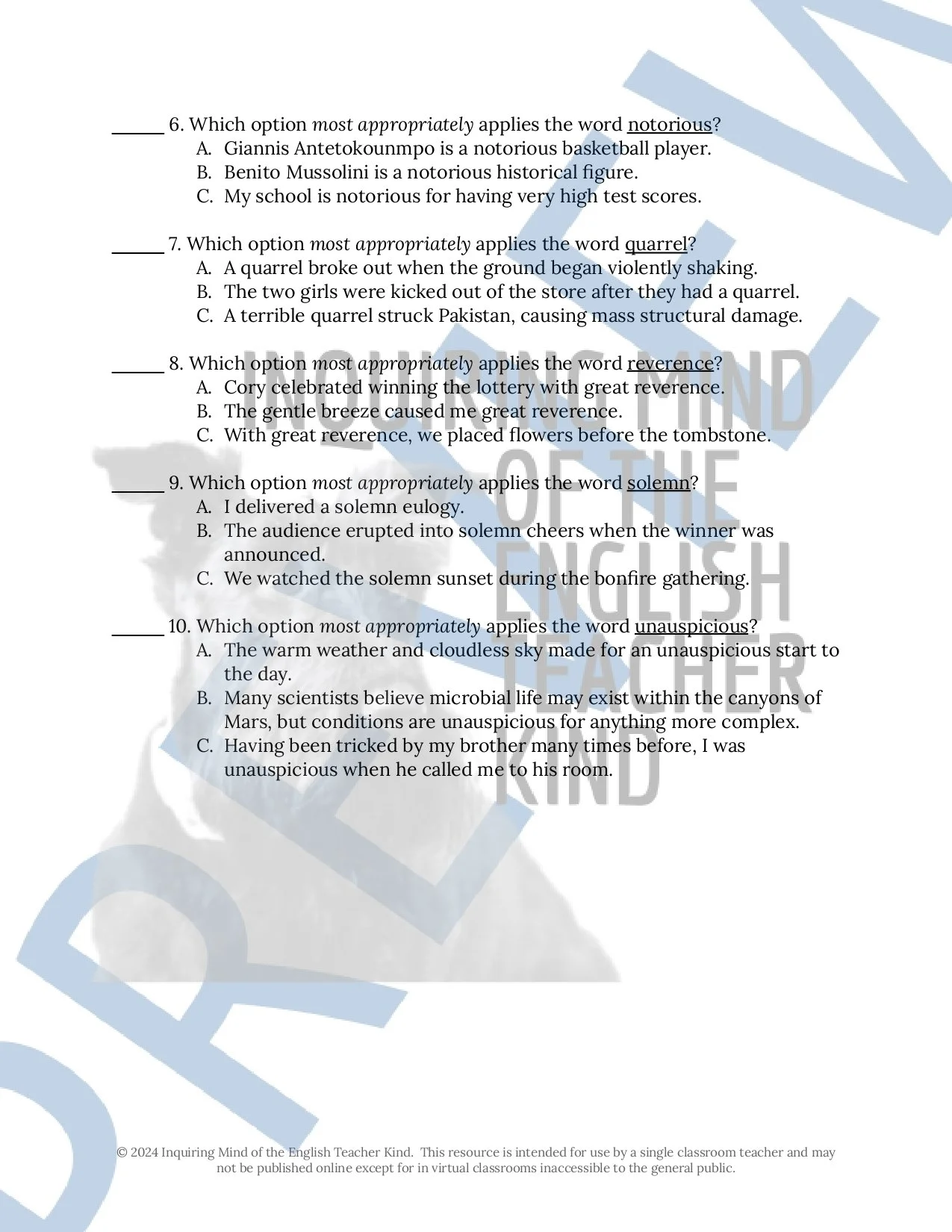 Image 1 of 62
Image 1 of 62

 Image 2 of 62
Image 2 of 62

 Image 3 of 62
Image 3 of 62

 Image 4 of 62
Image 4 of 62

 Image 5 of 62
Image 5 of 62

 Image 6 of 62
Image 6 of 62

 Image 7 of 62
Image 7 of 62

 Image 8 of 62
Image 8 of 62

 Image 9 of 62
Image 9 of 62

 Image 10 of 62
Image 10 of 62

 Image 11 of 62
Image 11 of 62

 Image 12 of 62
Image 12 of 62

 Image 13 of 62
Image 13 of 62

 Image 14 of 62
Image 14 of 62

 Image 15 of 62
Image 15 of 62

 Image 16 of 62
Image 16 of 62

 Image 17 of 62
Image 17 of 62

 Image 18 of 62
Image 18 of 62

 Image 19 of 62
Image 19 of 62

 Image 20 of 62
Image 20 of 62

 Image 21 of 62
Image 21 of 62

 Image 22 of 62
Image 22 of 62

 Image 23 of 62
Image 23 of 62

 Image 24 of 62
Image 24 of 62

 Image 25 of 62
Image 25 of 62

 Image 26 of 62
Image 26 of 62

 Image 27 of 62
Image 27 of 62

 Image 28 of 62
Image 28 of 62

 Image 29 of 62
Image 29 of 62

 Image 30 of 62
Image 30 of 62

 Image 31 of 62
Image 31 of 62

 Image 32 of 62
Image 32 of 62

 Image 33 of 62
Image 33 of 62

 Image 34 of 62
Image 34 of 62

 Image 35 of 62
Image 35 of 62

 Image 36 of 62
Image 36 of 62

 Image 37 of 62
Image 37 of 62

 Image 38 of 62
Image 38 of 62

 Image 39 of 62
Image 39 of 62

 Image 40 of 62
Image 40 of 62

 Image 41 of 62
Image 41 of 62

 Image 42 of 62
Image 42 of 62

 Image 43 of 62
Image 43 of 62

 Image 44 of 62
Image 44 of 62

 Image 45 of 62
Image 45 of 62

 Image 46 of 62
Image 46 of 62

 Image 47 of 62
Image 47 of 62

 Image 48 of 62
Image 48 of 62

 Image 49 of 62
Image 49 of 62

 Image 50 of 62
Image 50 of 62

 Image 51 of 62
Image 51 of 62

 Image 52 of 62
Image 52 of 62

 Image 53 of 62
Image 53 of 62

 Image 54 of 62
Image 54 of 62

 Image 55 of 62
Image 55 of 62

 Image 56 of 62
Image 56 of 62

 Image 57 of 62
Image 57 of 62

 Image 58 of 62
Image 58 of 62

 Image 59 of 62
Image 59 of 62

 Image 60 of 62
Image 60 of 62

 Image 61 of 62
Image 61 of 62

 Image 62 of 62
Image 62 of 62































































Twelfth Night Close Reading Analysis Worksheets Bundle with Answer Keys
Challenge high school students to go beyond basic reading comprehension and exercise close reading analysis skills while engaging with Twelfth Night by William Shakespeare. Each close reading activity is rigorous enough for students to find deeper meaning in the text, yet convenient enough for teachers to efficiently gather data on their students' textual analysis skills. Included are seventeen close reading worksheets, each addressing an individual scene, and answer keys. Materials are delivered in Word Document and PDF formats. (Alternatively, a Google Drive bundle option is available.) By the end of the play, students will:
Identify what the text states explicitly and implicitly
Define complex words as they are used in the text
Examine nuances in words with similar meanings
Discern the intended effect of figurative language in context
Explore how complex characters think, behave, develop, and interact
Apply knowledge of literary devices including metaphor, simile, hyperbole, allusion, malapropism, personification, paradox, invective, oxymoron, symbolism, dramatic irony, situational irony, verbal irony, and more
Determine the tone of given passages
Discern the functions of given passages
Support claims and inferences with sound reasoning and relevant textual evidence
Write about Shakespearean drama with clarity, accuracy, and precision
Materials in this bundle may facilitate small-group discussions in which students decode language and pose/respond to questions relating to plot, broad topics, and character development. Using these resources for structured guidance, students will improve their ability to present information, conclusions, and supporting textual evidence clearly and convincingly.
Materials are available for teaching a variety of Shakespeare’s plays:
Challenge high school students to go beyond basic reading comprehension and exercise close reading analysis skills while engaging with Twelfth Night by William Shakespeare. Each close reading activity is rigorous enough for students to find deeper meaning in the text, yet convenient enough for teachers to efficiently gather data on their students' textual analysis skills. Included are seventeen close reading worksheets, each addressing an individual scene, and answer keys. Materials are delivered in Word Document and PDF formats. (Alternatively, a Google Drive bundle option is available.) By the end of the play, students will:
Identify what the text states explicitly and implicitly
Define complex words as they are used in the text
Examine nuances in words with similar meanings
Discern the intended effect of figurative language in context
Explore how complex characters think, behave, develop, and interact
Apply knowledge of literary devices including metaphor, simile, hyperbole, allusion, malapropism, personification, paradox, invective, oxymoron, symbolism, dramatic irony, situational irony, verbal irony, and more
Determine the tone of given passages
Discern the functions of given passages
Support claims and inferences with sound reasoning and relevant textual evidence
Write about Shakespearean drama with clarity, accuracy, and precision
Materials in this bundle may facilitate small-group discussions in which students decode language and pose/respond to questions relating to plot, broad topics, and character development. Using these resources for structured guidance, students will improve their ability to present information, conclusions, and supporting textual evidence clearly and convincingly.
Materials are available for teaching a variety of Shakespeare’s plays:




































































































